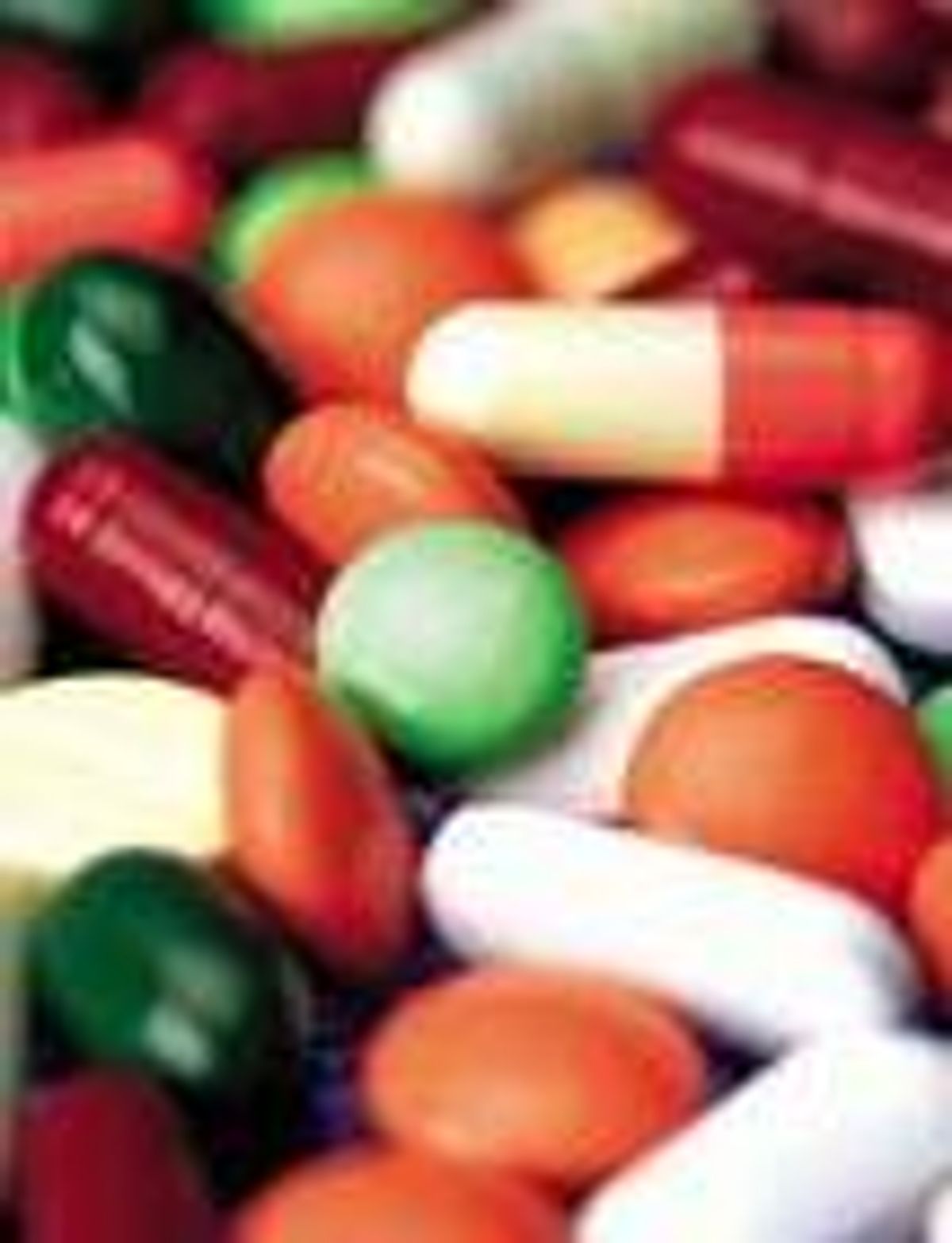
Antiretroviral drugs can be an HIV prevention safety net when other options fail
February 11 2005 12:00 AM EST
November 17 2015 5:28 AM EST
By continuing to use our site, you agree to our Private Policy and Terms of Use.

Antiretroviral drugs can be an HIV prevention safety net when other options fail
With safer-sex fatigue and an epidemic of crystal methamphetamine use among numerous factors likely contributing to the rising numbers of HIV diagnoses among gay men, fresh prevention options are urgently needed to help the uninfected stay negative. Last month, national guidelines were issued concerning the use of antiretroviral drugs after HIV exposure in order to prevent infection--perhaps providing gay men with an important safety net.This prevention alternative, called nonoccupational post-exposure prophylaxis ("NPEP"), involves taking a combination of three antiretroviral drugs following high-risk exposure to HIV (i.e., sexual intercourse, sexual assault, or injection-drug use). When treatment is started quickly and continued for 28 days, NPEP may keep HIV infection from taking hold in the body.Using antiretroviral drugs to prevent HIV is a well-established precedent. Post-exposure prophylaxis has been recommended since 1996 to reduce health care workers' risk of infection when exposed on the job (e.g., through a needlestick injury). Observational studies have associated post-exposure prophylaxis with an 80% reduction in infection risk in the occupational setting. Since 1996, new data from human and animal studies, including encouraging results from case studies and from registries worldwide of people using NPEP, have provided the necessary evidence to support its use in certain nonoccupational settings and circumstances.While NPEP can reduce the chances of infection after exposure, it is not a quick fix. Those undergoing NPEP must adhere to a daily regimen of several drugs for a full four weeks, often with unpleasant--though usually transient--side effects. An NPEP intervention should be regarded as a last resort: that is, for use on those rare occasions when primary HIV prevention methods (abstinence, mutual monogamy with an uninfected partner, condom use, or use of sterile needles and syringes when injecting drugs) are not used or do not work.Gay men most likely to benefit from NPEP--particularly if they know their partner is HIV-positive--are those who usually take precautions, such as using condoms, but who occasionally lapse in using protection or experience condom breakage during sex. For NPEP to prevent infection, gay men and their health care providers must follow the NPEP regimen correctly. Keep the following in mind:* NPEP must be started immediately--within 72 hours of exposure, but preferably as soon as possible. If you think you've been exposed to HIV, seek care right away. Also, NPEP must be continued for 28 days. Assuming you completely adhere to this schedule, the sooner you get antiretroviral therapy, the better your chances of avoiding HIV infection.* Knowing your partner's HIV status is key. NPEP is recommended only when the person you had sex with is HIV-positive. But even if you've been exposed to someone whose status you don't know, you should still seek care immediately. You and your doctor can decide whether NPEP is appropriate given the circumstances of the exposure.* It's not for everybody. You shouldn't use NPEP if your HIV risk is low or if you seek care more than 72 hours after exposure. In general, men who are frequently or repeatedly exposed to HIV because of unsafe behaviors would require sequential or nearly continuous courses of NPEP, which is not recommended. Men at risk for HIV on an ongoing basis should instead be referred to intensive risk-reduction interventions that can help them stay HIV-free.* NPEP is not a substitute for staying safe. You should not use NPEP to replace behaviors that can eliminate or reduce your exposure to HIV in the first place, such as abstinence, mutual monogamy with an uninfected partner, and correct and consistent condom use. Work together with your health care provider to identify your HIV risk, discuss plans to change behaviors, and access appropriate counseling and services.In the third decade of the AIDS epidemic, we know that sustaining HIV prevention over the long run requires a combination of approaches:- the safer-sex behaviors mentioned in the previous paragraph,- expanded access to voluntary HIV counseling and testing,- risk-reduction counseling, whether you're HIV-negative or -positive, and- treatment of sexually transmitted diseases, since STDs can increase the risk of HIV transmission.NPEP is yet another possibility in this lifesaving formula. Used correctly and responsibly, NPEP has the potential to become an important strategy in gay men's continuing struggle to remain HIV-free.
Want more breaking equality news & trending entertainment stories?
Check out our NEW 24/7 streaming service: the Advocate Channel!
Download the Advocate Channel App for your mobile phone and your favorite streaming device!